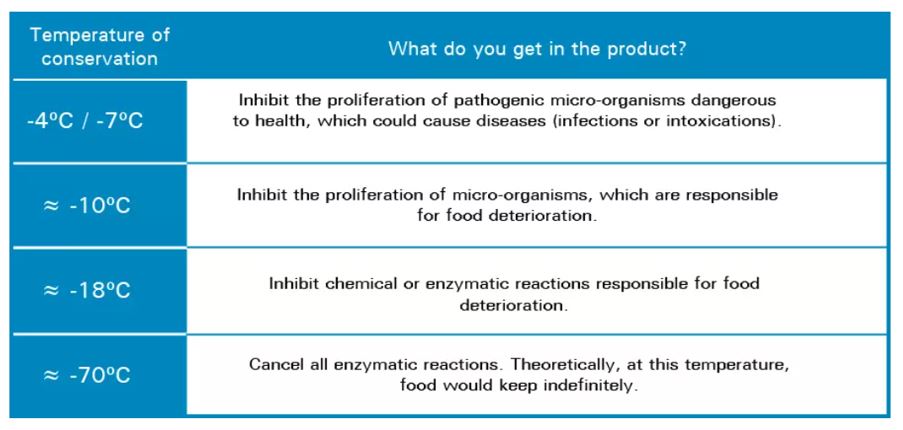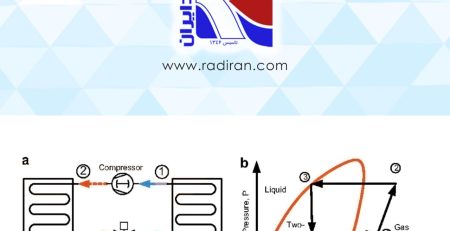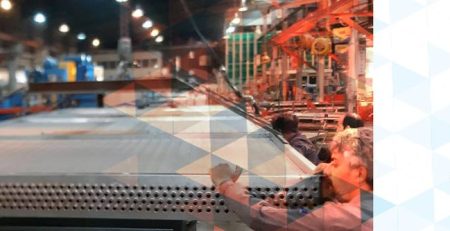Food Refrigeration
Nowadays, refrigeration and freezing are the two most widespread methods of food preservation.
Food refrigeration is a preservation process based on the reduction or maintenance of a controlled temperature for a given time and space, usually in cold rooms. This process is based on the extraction of energy from bodies with high thermal energy, thus reducing their energy, and consequently bacterial activity, in this case, in the preservation of foodstuffs.
When we talk about thermal energy, we refer to the temperature of a given body, since the more thermal energy, the higher the temperature of the body. Conversely, the lower the thermal energy, the lower the temperature.
In addition, to better understand the importance of food refrigeration, it is important to know the cold chain. If we were to analyse our daily food consumption, we would see that the vast majority of them are perishable and therefore need to be refrigerated in order to be consumed in the desired time and form without altering their optimal conditions of consumption.
Food safety
There is a great deal of regulation on food safety, both at national, European and international level. As early as 1948, article 25 of the Universal Declaration of Human Rights (UDHR) states: “Everyone has the right to a standard of living adequate for the health and well-being of himself and of his family, including food, clothing, housing and medical care and necessary social services”.













